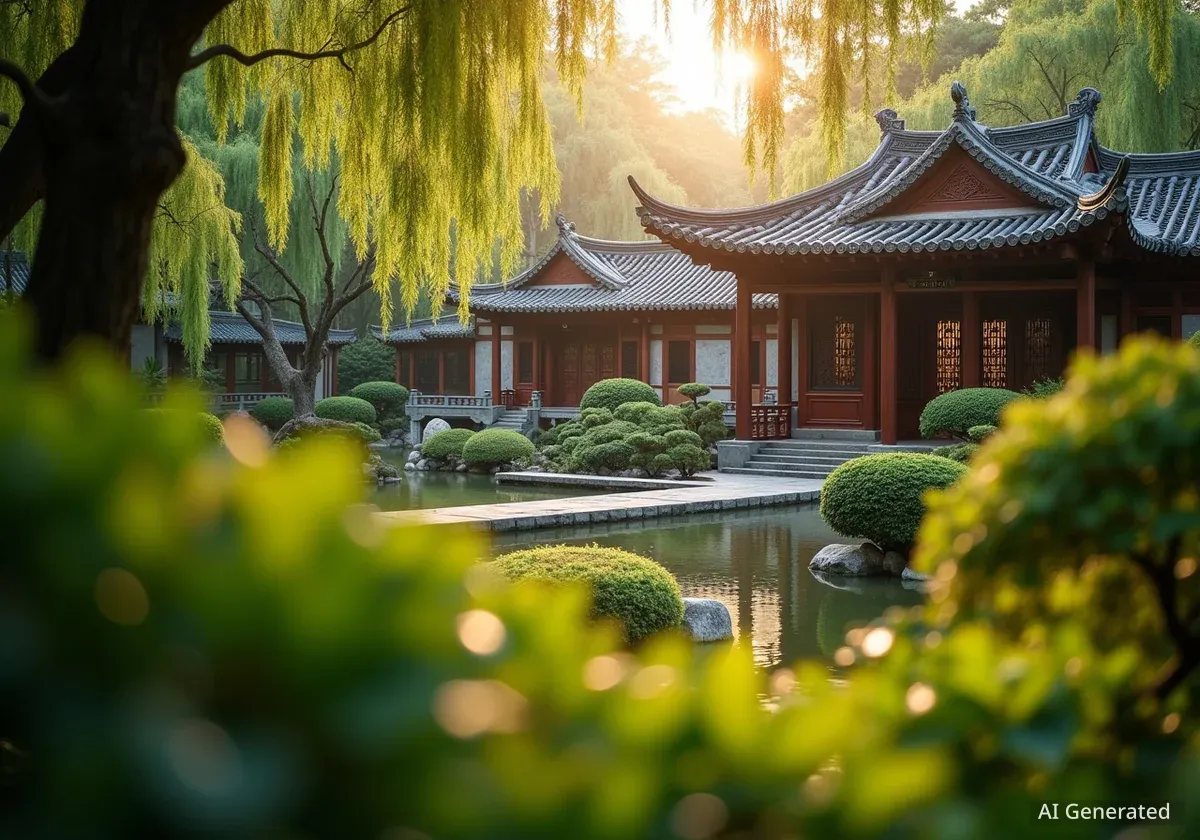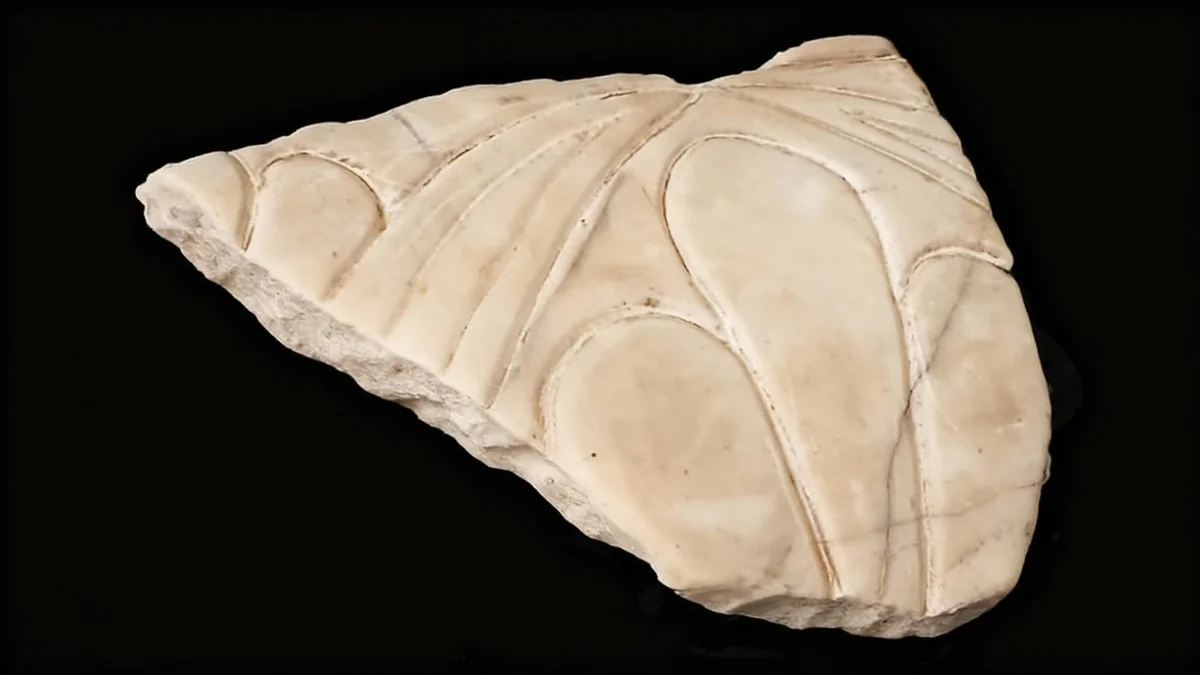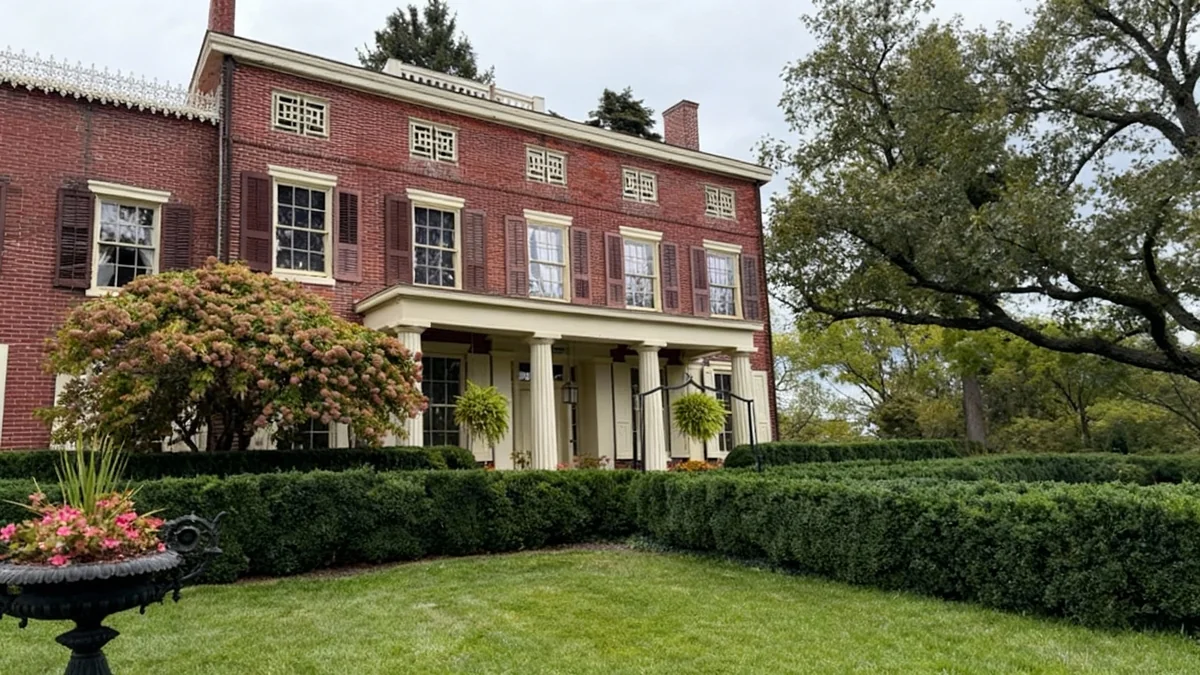Beijing's Forbidden City has unveiled the newly restored Qianlong Garden, a significant event marking a quarter-century of dedicated conservation work. This opening on September 30, following its closure for nearly 100 years, offers visitors a rare glimpse into the private retreat of Emperor Qianlong, highlighting a major milestone in the Palace Museum's long-term preservation efforts.
Key Takeaways
- The Qianlong Garden, a private retreat within the Forbidden City, reopened after 25 years of restoration.
- The garden, closed for nearly a century, is described as the most exquisite in the entire compound.
- Restoration efforts, a partnership with the World Monuments Fund, cost an estimated $15-18 million.
- The project is part of a broader conservation initiative that began in 2002 to open more of the Palace Museum to the public.
- Chinese leader Xi Jinping emphasized the importance of protecting and restoring cultural relics at the museum's 100th anniversary.
A Century of Seclusion Ends for Qianlong Garden
The Qianlong Garden, named after Emperor Qianlong who ruled from 1735 to 1796, had remained largely inaccessible to the public for close to a century. Its recent reopening on September 30 captivated visitors, with long queues forming during China's Golden Week holiday. The garden quickly became a trending topic on social media platforms, drawing considerable attention to this previously hidden gem.
This discreet entrance and compact design reflect Emperor Qianlong's personal vision for a private sanctuary. Unlike the grand, expansive courtyards of the main Forbidden City, which symbolize imperial power, the garden offers a more intimate experience. It covers approximately 6,000 square meters, a size considerably smaller than a typical soccer field.
Garden Facts
- Size: Approximately 6,000 square meters
- Construction Period: Completed within five years in the 1770s
- Restoration Duration: 25 years (2000-2025)
- Estimated Cost: $15-18 million
Decades of Restoration Work
The extensive restoration of the Qianlong Garden took 25 years to complete. This painstaking process was the result of a cooperation agreement signed in 2000 between the Palace Museum and the World Monuments Fund. The estimated cost for this ambitious project ranged from $15 million to $18 million.
Ho Puay-peng, UNESCO Chair on Architectural Heritage Conservation and Management in Asia, expressed his satisfaction with the long duration of the restoration. He noted that such a commitment ensures a thorough and accurate preservation of the site. When Ho first visited the Forbidden City in the late 1980s, many areas were in disrepair or used for storage, a stark contrast to the careful conservation efforts seen today.
"I am happy to see they spent such a long time on this," said Ho Puay-peng. "This is one step in the museum’s long-term conservation efforts."
Architectural Ingenuity
Emperor Qianlong drew inspiration from private gardens in southern China for the garden's layout. He designed it with a compact structure, dividing the space into four interconnected courtyards. Currently, two of these courtyards, from south to north, are open to the public.
The architectural design skillfully utilizes tight spaces to create varied sceneries. Some courtyards feature clusters of buildings, while others are open and spacious. This variation allows for different perspectives depending on the viewing point, whether from below or from an inner pavilion or artificial hill.
Forbidden City's Transformation
The Palace Museum, housed within the Forbidden City, opened in 1925. However, major restoration efforts only began much later. In the late 1980s, significant portions of the complex were still occupied by government offices or were severely damaged. Since then, all offices have moved out, allowing the museum to focus on extensive restoration.
A major government initiative launched in 2002 after a meeting by China's State Council on site. At that time, less than one-third of the museum was accessible to visitors. By 2018, this figure had increased to 80%, following the restoration of numerous buildings and city walls, and the removal of 135 temporary structures.
Broader Conservation Vision
The reopening of Qianlong Garden is part of a larger, ongoing effort to preserve and present the Forbidden City's rich heritage. Last Monday, Chinese leader Xi Jinping visited the museum for an anniversary exhibition, emphasizing the institution's role as "an important symbol of the Chinese civilization." He called for continued dedication to protecting, restoring, and utilizing cultural relics effectively.
Following the Qianlong Garden, another significant restoration project, the Yangxindian (Hall of Mental Cultivation), is expected to reopen this year. This hall served as both residence and administrative office for Qing emperors and has been undergoing restoration since 2018.
- Yangxindian: Residence and office for Qing emperors, expected to reopen this year.
- Taihedian (Hall of Supreme Harmony): Largest building in the palace, restored in less than two years in 2006.
Ho Puay-peng highlights the importance of applying the lessons learned from restoring the Palace Museum to other Qing Dynasty architectural sites across China. This includes smaller imperial palaces and historical streets in various regions. He believes the country has recognized the critical task of protecting its historical heritage.





